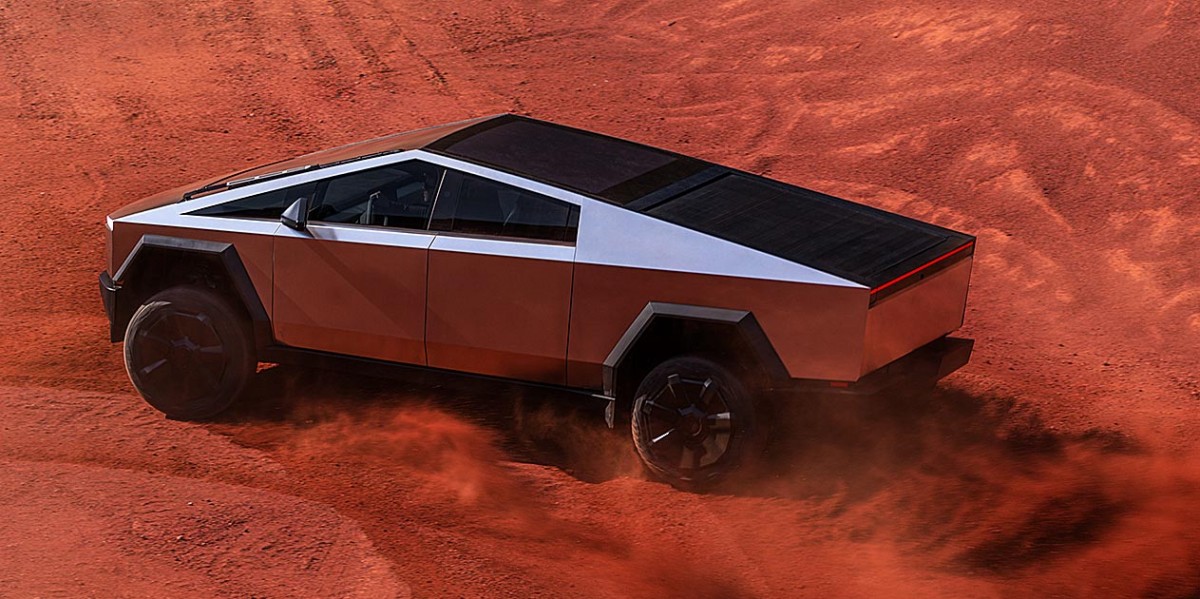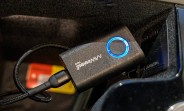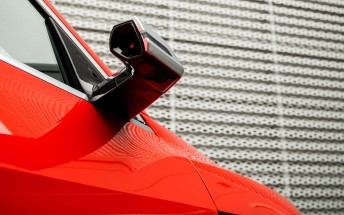Wind tunnel test challenges Cybertruck’s official drag coefficient

Love it or hate it, the Tesla Cybertruck is rarely away from the spotlight. Its futuristic, wedge-like design has drawn both admiration and criticism. One central talking point has been its aerodynamics. Tesla promises a solid drag coefficient of 0.34, helping the beastly truck maximize range.
Independent testers at the i1Tesla YouTube channel set out to find out if that number is actually correct. They put a production Cybertruck in the A2 Wind Tunnel in North Carolina.
The Cybertruck clocked in with a drag coefficient of 0.384. Significantly higher than Tesla's official figure, but A2 Wind Tunnel representatives stressed that setups can vary, leading to minor differences in results. In other words, while the test certainly doesn't confirm Tesla's claims, it may not be as far from it as it appears.
Of course, real-world driving throws all sorts of variables into the mix. The i1Tesla team explored that too. Driving low, bed cover closed, mirrors removed? That's your best-case scenario, yielding roughly 0.382 Cd. High ride height for off-roading? Expect a far less aerodynamic 0.535 Cd.

Despite the slightly higher drag coefficient in the independent test, the Tesla Cybertruck remains competitive in the aerodynamic race. It lands squarely between the streamlined Rivian R1T and Chevy Silverado EV while easily outperforming the Ford F-150 Lightning and the notoriously brick-like GMC Hummer EV.
Related
Reader comments
- Slate
To calculate drag force, the drag coefficient is multiplied by the area of the front projection of the vehicle, so for something as big as the Cybertruck, low drag coefficient doesn't mean low drag.
- 01 Apr 2024
- S2j

















